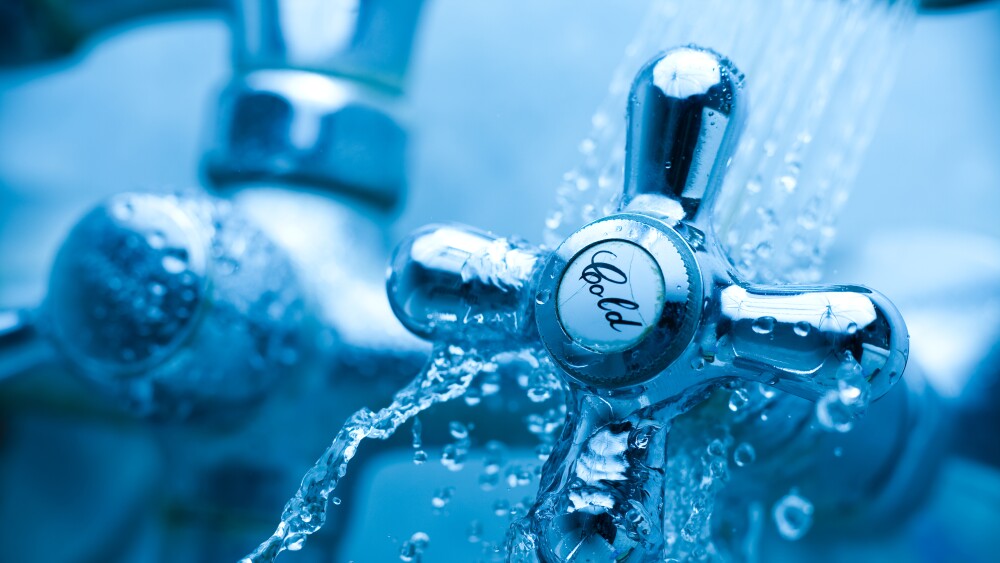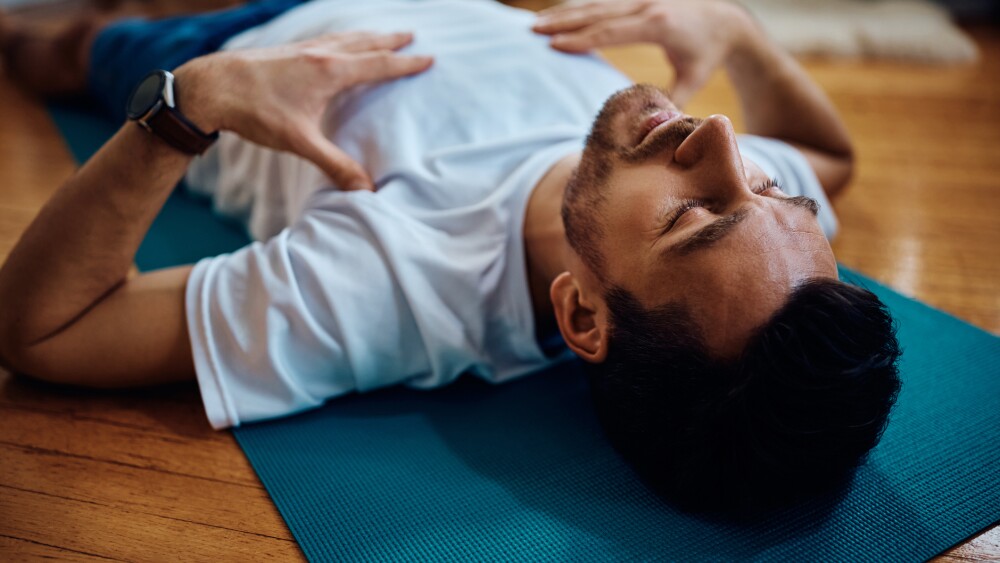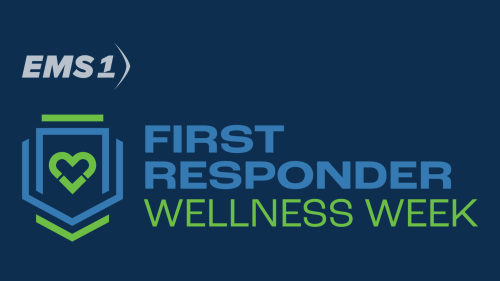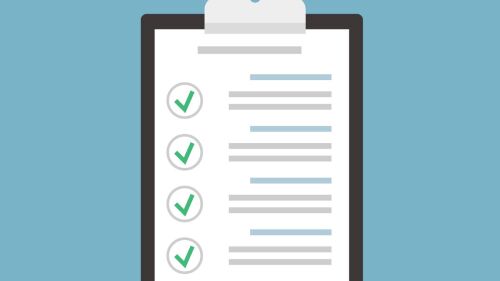The lives of first responders are a tapestry woven with threads of heroism, resilience and sacrifice. They face the physical and emotional brunt of emergencies, and witness trauma and tragedy that would break most. Like my favorite fiction author Jonathan Maberry writes in his “Joe Ledger” series, “All acts of violence leave scars.” And these scars add up and take a toll on us emotionally, physically and mentally.
Provider wellness is a top priority for EMS providers. Eating clean and exercising are great ways to reduce work-related stressors. We learned about meditation and mindfulness training, as well as the more extreme but highly effective cold plunge.
I love ice baths and have been doing it routinely for many years. But if you don’t have access to a cold plunge and cannot make your own ice bath, what other options are available?
The cold shower.
One of my main daily rituals is starting the day with a cold shower. Cold showers are surprisingly simple yet deceptively potent in combating mental health. It only takes one to three minutes and is as easy as turning the knob from hot to cold.
The science of the shiver
Let’s delve into the science behind cold showers. When cold water hits the skin, it triggers a physiological response known as the cold shock reflex (Hanson, 2010). This reflex starts a cascade of hormonal changes, including a surge in norepinephrine, adrenaline and endorphins (Brennan et al., 2015). These hormones have a multitude of benefits:
- Stress reduction: Norepinephrine and adrenaline trigger the “fight or flight” response, but in cold exposure, this translates to heightened alertness and focus. This can help manage chronic stress, a constant companion for first responders, leaving them calmer and more prepared to face demanding situations (Yamamoto et al., 2005).
- Pain relief: Endorphins, the body’s natural painkillers, are released in abundance during cold exposure (Brennan et al., 2015). This can provide relief from chronic pain, a common issue for firefighters, police officers and paramedics because of the nature of their work (Cote et al., 2010). For me, the ice bath is far more effective for pain relief than a cold shower, but cold showers can temporarily help the pain.
- Improved circulation: Cold water constricts blood vessels, forcing blood toward the core organs. Upon rewarming, blood vessels dilate, leading to improved circulation throughout the body (Hanson, 2010). This can boost energy levels, reduce fatigue and even enhance immune function (Brennan et al., 2015).
Beyond the physical
The benefits of cold showers extend far beyond the physical. The act of stepping into the cold requires courage and mental fortitude. Your body wants you to get out and stay warm. Staying in cold water is a daily test of willpower, pushing past perceived boundaries and forging inner resilience. This translates into improved self-discipline, focus and mental clarity — invaluable assets in the high-pressure world of first responders.
More research is being conducted on cold water therapy and mental health. Research suggests that cold exposure can have a positive impact on mood and mental health (Liu et al., 2018). The release of endorphins and the activation of the sympathetic nervous system can combat symptoms of depression and anxiety — conditions that disproportionately affect first responders (Soderstrom et al., 2015). For me, cold water therapy was the No. 1 change I made that made the biggest improvement in my overall mental health.
The ritualistic nature of cold showers can also provide a sense of grounding and control in the face of chaos. The daily plunge becomes a personal anchor, a moment of self-care amid the storm. It’s a reminder that amid the external chaos, we can control our internal environment, fostering a sense of empowerment and agency.
Embracing the chill
So, how can first responders incorporate cold showers into their routines? Start slow. Begin with cold water for the final 30 seconds of your shower, gradually increasing the duration as you acclimate. Remember, consistency is key. Aim for every day — or at least a few times a week — to reap the full benefits.
And beyond the physical, embrace the mental challenge. Focus on your breath, stay calm and celebrate your small victories. The cold shower will become your personal Everest, a daily reminder of your inner strength and the power of small, consistent actions.
Note: For those of us in hot weather states, our water may not get cold enough for cold water therapy in the summer. Phoenix, Arizona cold tap water in the summer can surpass 100 degrees. In these cases, you may need to invest in a home cold water system like the one provided by Silient. This system connects directly to your cold water line, providing 39-degree water straight to your shower. For more, visit silient.com
Conclusion
In a world that demands so much from first responders, it’s time we prioritize their wellbeing. Cold showers, though seemingly simple, offer a powerful and accessible tool for first responders to combat stress, boost resilience and cultivate mental clarity. So, open the cold tap, step into the unknown and discover the transformative power of the chill. It might just be the weapon of wellness you’ve been missing.
REFERENCES
- Brennan, T. J., Macey, K. I., & Teresi, L. M. (2015). Acute cold-water immersion increases serum beta-endorphin and noradrenaline concentrations in healthy, active humans. European Journal of Applied Physiology, 115(7), 1307-1314.
- Cote, P., Wong, V., & Wright, V. (2010). Chronic pain in firefighters and paramedics: Prevalence, associated factors, and impact on job performance and quality of life. Journal of Occupational and Environmental Medicine, 51(7), 499-504.
- Hanson, M. (2010). Cold stress response: Physiology and pathophysiology. Oxford University Press.
- Jones, C. (2023, October 26). London paramedics find calm in the cold with icy plunge therapy. Reuters. https://firerescuefitness.com/2023/08/will-ice-baths-help-first-responders-with-stress/
- Liu, Z., Li, M., Song, Y., Wu, S., Zhang, W., & Wang, X. (2018). Cold water immersion therapy for major depressive disorder: A systematic review and meta-analysis. Journal of Affective Disorders, 239, 255-264.
- Soderstrom, A., Berghout, J., & Lekander, M. (2015). Cold baths for depression: Can it make a splash? Psychiatry Research, 228(2), 319-324.
- Yamamoto, M., Iwase, M., Morita, T., Noguchi, H., Saito, I., & Okamura, H. (2005). The effect of cold-water immersion on sympathetic activity and heart rate variability in young men. European Journal of Applied Physiology, 95 (2-3), 249-253.
This article, originally published in February 2024, has been updated.






